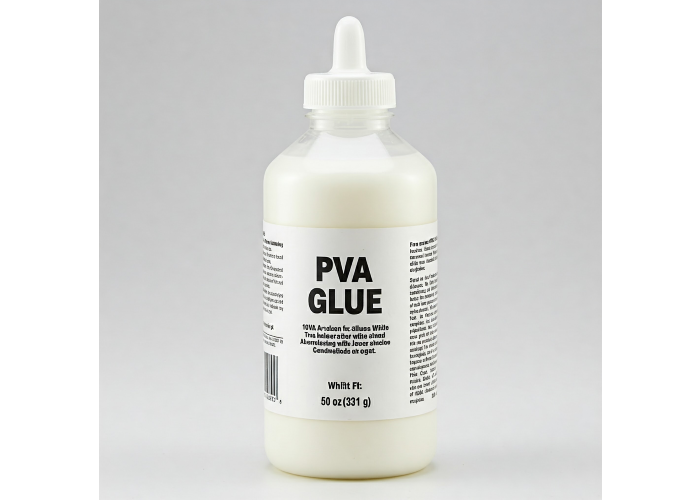
İlk Homopolimer PVA Bazlı (Beyaz Tutkal) Tutkalın Keşfi
20. yüzyılın başlarında kimya endüstrisinin gelişmesiyle homopolimer polivinil asetat (PVAc) bazlı beyaz tutkal keşfedildi. 1912 yılında Alman kimyager Fritz Klatte, PVA'yı polimerizasyon yoluyla sentezledi. Bununla birlikte, PVA'nın tutkal olarak kullanılması daha sonraki yıllarda, malzemenin su bazlı yapıştırıcılar için mükemmel bir bileşen olduğunun anlaşılmasıyla gelişmiştir.
PVA bazlı tutkallar, ucuz olmaları, yüksek yapışma kapasiteleri ve toksik olmamaları nedeniyle 1930'larda ve 1940'larda hızla yaygınlaştı. Özellikle ahşap, kağıt ve tekstil endüstrilerinde daha popüler hale geldi. Homopolimer PVA tutkallarının suyla seyreltilebilmesi ve şeffaf kuruma özelliği onları daha popüler hale getirdi.
Homopolimer PVA tutkallar (Beyaz Tutkal), günümüzde de çok sayıda endüstride kullanılmaya devam etmektedir. Ahşap işleme, kağıt yapıştırma ve hatta sanatsal projeler gibi birçok alanda, bu tutkalların sağladığı kolaylık ve etkinlik, onların tercih edilmesinde önemli rol oynamaktadır.
10 Aralık 2024




